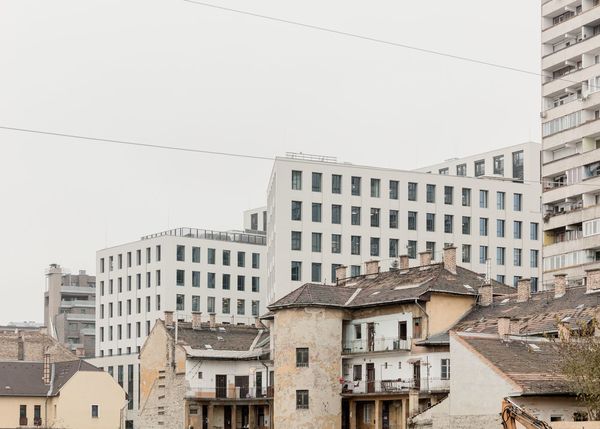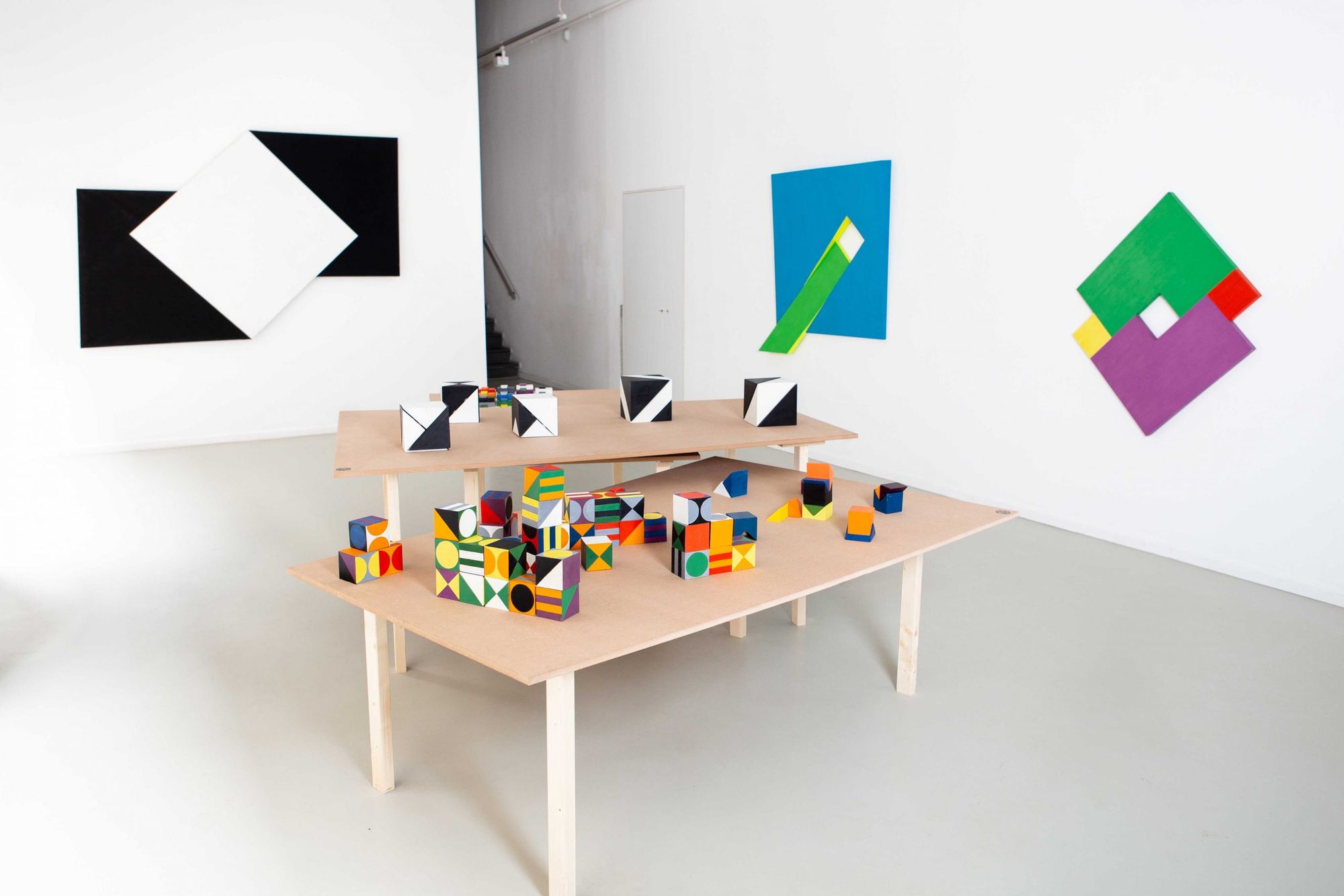Did you play with Legos, dolls, a Rubik’s cube or something totally different as a kid? How did your favorite toys influence you? Nowadays, with the spread of logic games and developmental toys, the educational impact of games is no stranger to us, but in the 1970s, the Hungarian market was still characterized by scarce supply. The products available at that time were driven by commercial and industrial interests, not by developing skills and creativity. Everyone is familiar with the unique success story of the Rubik’s cube, but it is less known that famous artists of the era were also involved in game design. Although they were never mass-produced, these artworks, balancing the line between utility and art, are still of great value today.
The Munkácsy and Kossuth Prize winner János Fajó (1937-2018) was one of the advocates who believed in the need to revolutionize the game industry, which required a sensitive vision on the part of artists and designers. “Game is a child’s tool to be built as a human being, and for us, it is a matter of life, a symbol of freedom of thinking; let us not give it up!” he thought, and sincerely believed that good games can help us to be happier and to recognize our own strengths. The János Fajó: Visual Games exhibition at the Erika Deák Gallery is open until 4 March and focuses on the games and playful approach of the artist’s rich oeuvre.
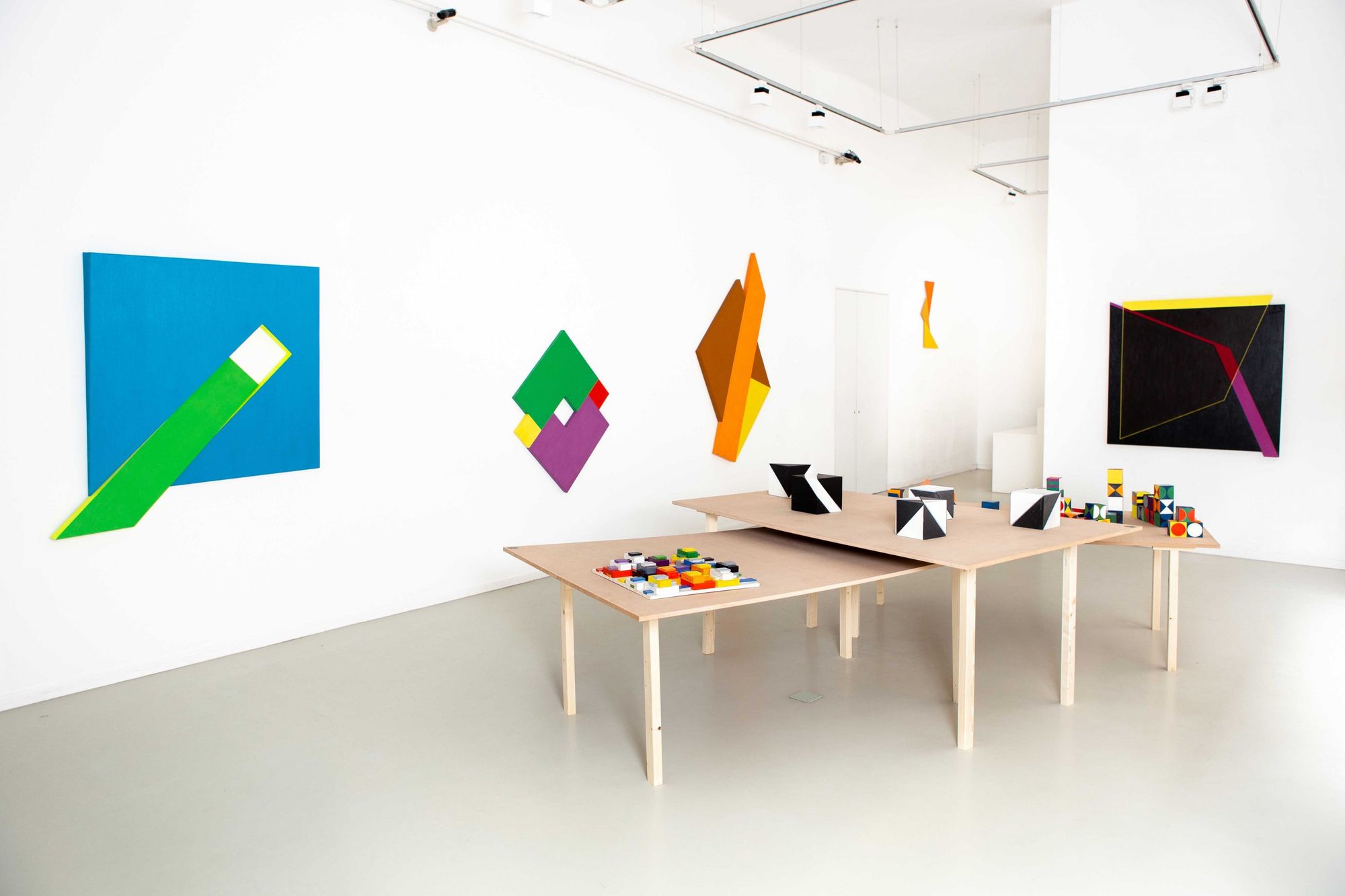
János Fajó is famous not only for his abstract geometric paintings: he was the only student of Lajos Kassák, he founded the Pesti Műhely (Hungary’s first privately owned graphic design studio), was the director of the Józsefvárosi Kiállítóterem (the first Hungarian non-profit gallery), taught at the Hungarian College of Applied Arts and wrote books on pedagogical subjects. But one thing that has run through all his various activities was his passion for games. From childhood, he passionately loved playing and essentially continued to do so as an artist: he played with colors, shapes, ratios, and the intersection of the plane and the spatial. “An important aim of the exhibition is to present Fajó’s games, something the public has not seen since the 1970s. But I also wanted to show how his typical fine art practice reflected this carefree design method and constant visual experimentation. So, alongside his toys, I have selected works from his legacy that show this in different ways and at different scales. To do this, I choose works from the 1960s to the 2000s,” Zsanett Lépold, the exhibition’s curator, who is researching the playful approach of Fajó’s art with the help of the Fajó Foundation, told us.
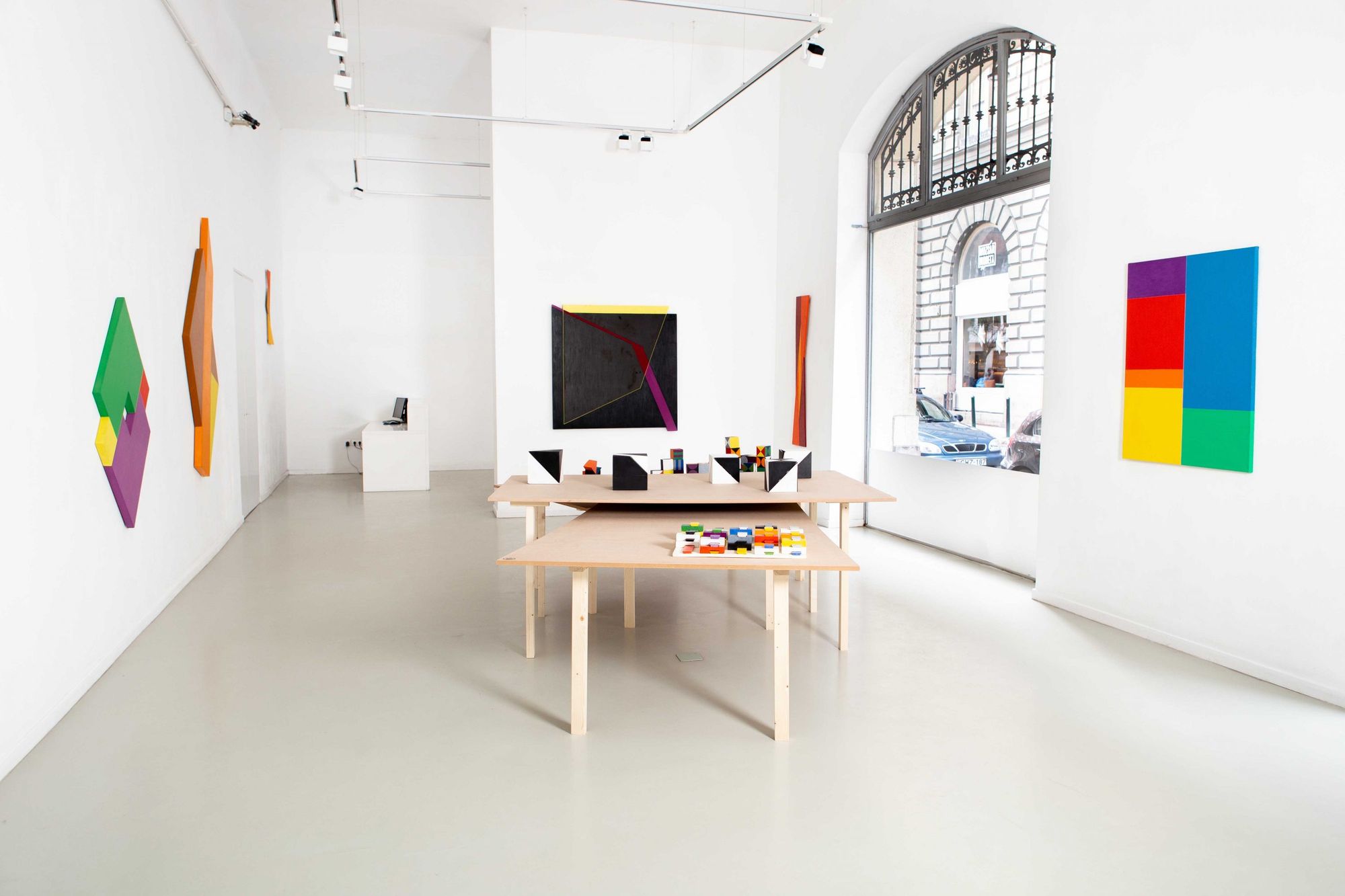
In the central space, you can see three games from the artist. Zsanett deliberately didn’t place them on classic pedestals: they were sat on a custom-designed table made especially for this purpose by Nóra Teplán and Ádám Varga. “The first is a Color and Shape Building Game from 1966, consisting of 36 cubes. The sides of the cubes have different color and pattern combinations, which can be used to build a diverse range of constructions. They give you almost total freedom, allowing 186,534 variations to be created. Fajó intended them primarily to develop children’s color and spatial perception, but he also thought about shaping the aesthetic sense of adults. He first introduced them in the Fényes Adolf Hall, where abstract artists, who were repressed by cultural policy, could organize self-financed exhibitions. At the time of the exhibition, Fajó also wrote a letter to the Minister of Internal Trade, expressing his concerns about the supply of toys in Hungary and raising the possibility of his toy’s mass production. But this never happened,” said Zsanett.
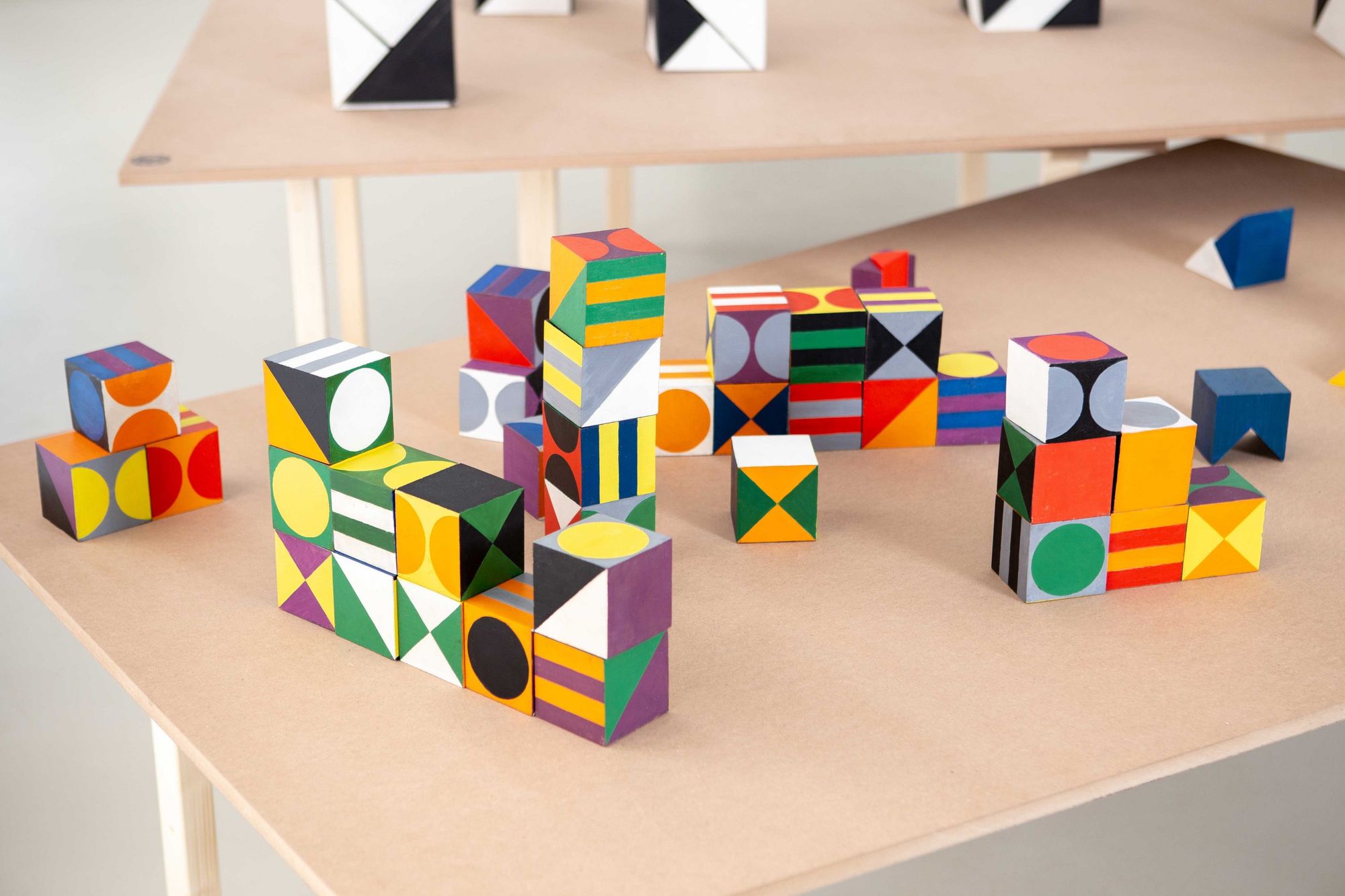
“The title of the Open Work (Sliding Game) of 1969 already implied that it was both a game and an artwork. Open indicates that it is made up of movable elements so that it never has a definitive form. Slats of different colors can be placed horizontally on the baseboard, creating cool and warm color palettes. This dynamic yet somewhat cohesive system was designed to create a harmonious composition of colors. He presented the Sliding Game at the Visual Games exhibition in the Józsefváros Exhibition Hall in September 1977. The title of the present exhibition refers to this event, which also featured Ernő Rubik’s famous cube,” continued Zsanett. “And in the middle of the table are the Black and White squares from the 2000s. The late, more sculptural, monochrome objects have an explicit focus on form. They are no longer mobile, they are more like a demonstration tool of the many ways you can divide a cube,” tells Zsanett.

On the gallery wall, the images engage in a dialogue with the games, echoing the interplay of colors and forms, while the overall effect of the color combinations of the exhibited works is an absolute visual delight. For Fajó, this kind of visual pleasure goes hand in hand with playful development and frames one of the most important lessons of his oeuvre: “Art is an empirical, sensory activity. By looking and touching, we develop our sense of forms, and thus we are filled with vital energy and love of life. People are generally unaware of how important psychic nourishment derives from the enjoyment and caressing of shapes,” believed the artist.
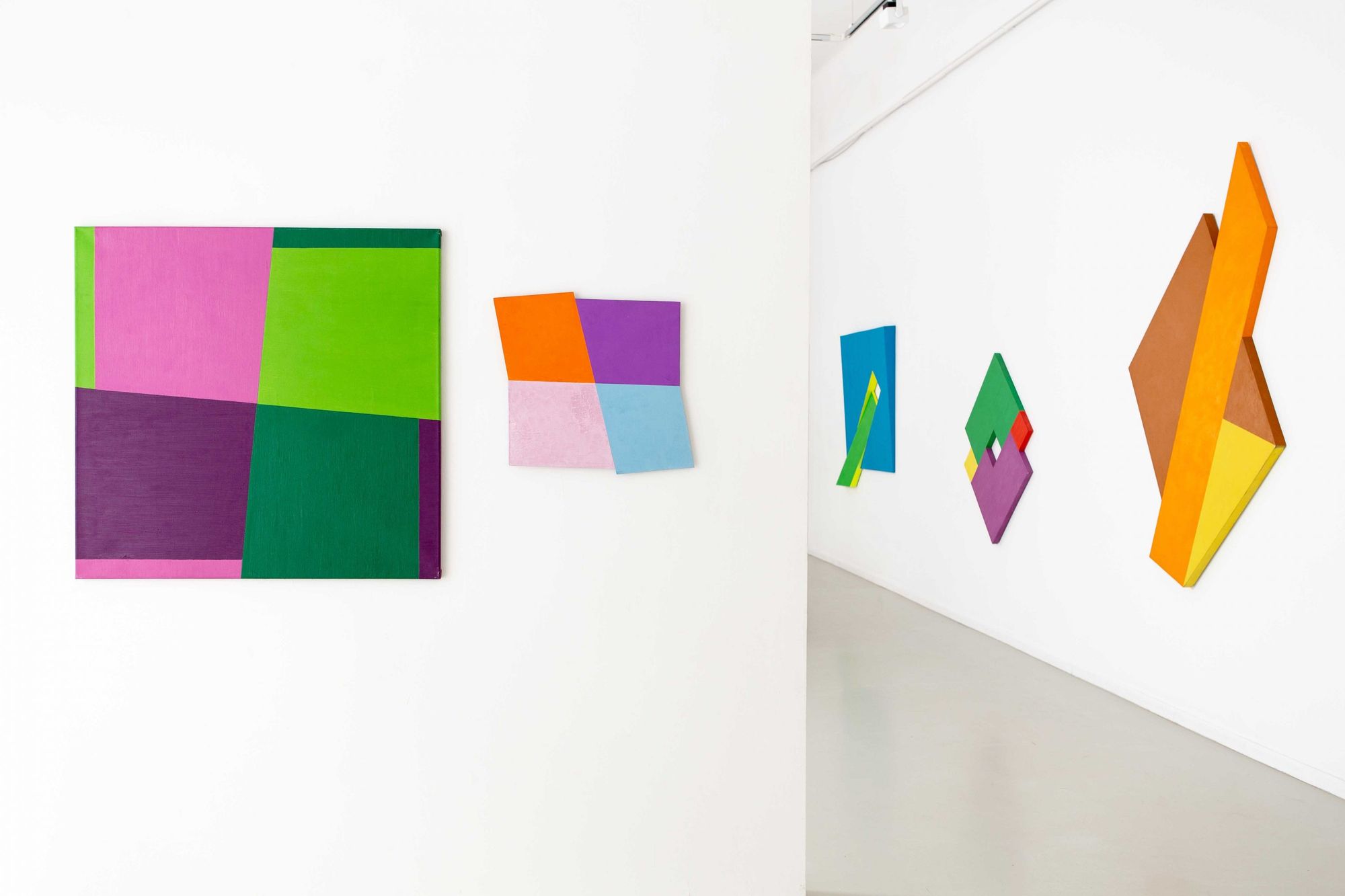
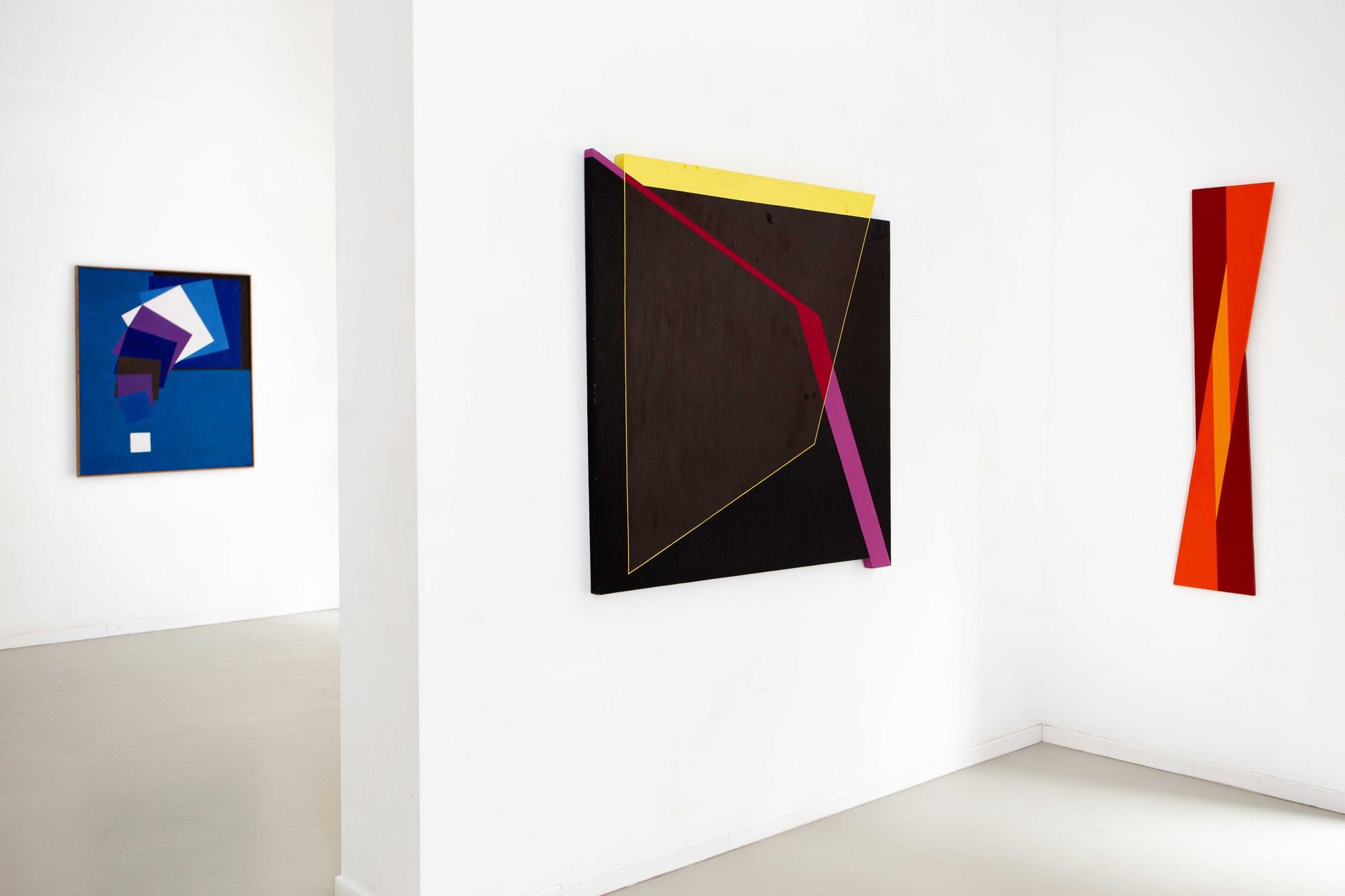
Photos: Mátyás Gyuricza
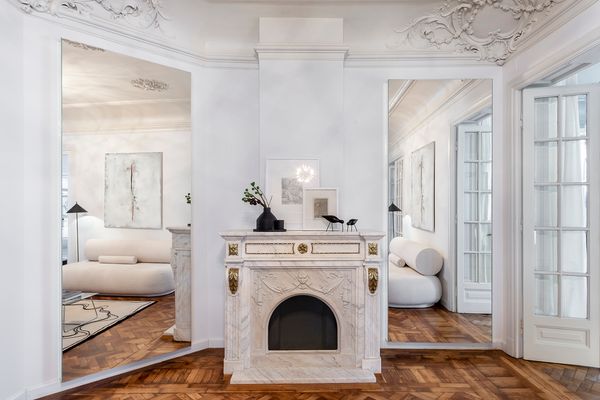
Fusion of centuries | Lea House
